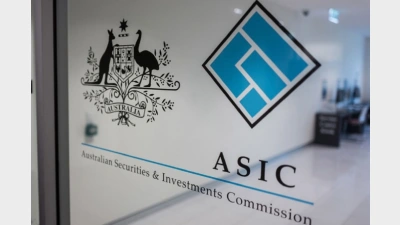Online systems play key role in member engagement



MySuper changes have prompted the need for superannuation funds to better engage with members, and this is increasingly being driven by the sophistication of online technology on offer.
That's the conclusion of a recent Bravura Solutions member engagement roundtable, which found that engagement with members has moved from the need to "acquire" customers by attracting new money to developing long-term relationships and a long-term member interest in super.
Bravura head of strategic accounts John Burke said the need to improve member services and deepen member education was becoming increasingly important as most providers are anticipating a higher level of member movement in a MySuper environment.
"Already, the methods for driving a customer's super engagement are being overhauled and reshaped," he said.
"Leading industry experts from Suncorp, ING Direct and Colonial First State have noted the advent of integrated tools such as online advice, and employing so-called ‘gamification' techniques to make superannuation more relatable."
Jason Tong, Bravura's chief operating officer global wealth management, added that the challenge for super funds is developing technology that brings all data and services into a unified experience for the member.
Achieving member engagement will be absolutely necessary for funds to survive, he said.
Recommended for you
The Assistant Treasurer has reaffirmed the government’s commitment to strengthening retirement outcomes, consumer protections and cyber resilience in superannuation.
The industry super fund has advanced reconciliation efforts with a new initiative focused on improving outcomes for First Nations members.
The regulator has announced fresh legal actions in relation to the Shield and First Guardian fund failures.
The Gateway Network Governance Body has unveiled a detailed roadmap to guide the superannuation industry through the upcoming Payday Super reforms.










